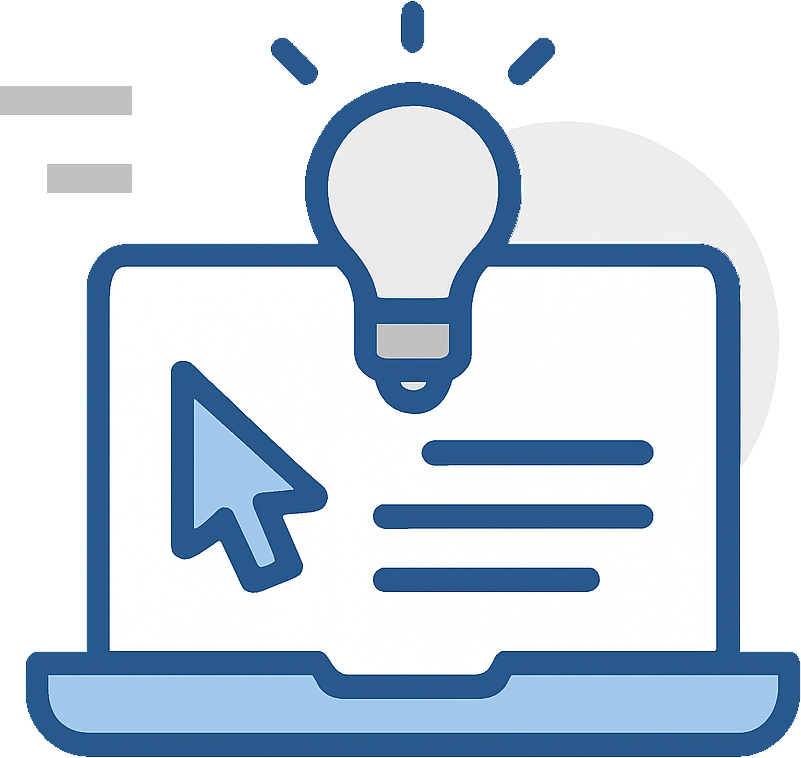We explain the connection and costs of a Phase I ESA & Environmental Audits.
In today's world, two of the most powerful tools to determine overall environmental status are Phase I Environmental Site Assessments and Environmental Audits. Despite being very different evaluation tools, many folks get them confused and think they overlap in some way, shape, or form.
One of the most common things we get folks asking us about is Phase I ESA costs and how they compare or are related to the cost of an environmental audit. Often, folks new to the environmental world may think they're one in the same, or one includes each other. So, let's dive into the difference in these two evaluations, and what they cost.
Phase I Environmental Site Assessments vs Environmental Audits
Here's the lightning quick explanation.
A Phase I Environmental Site Assessment looks for contamination from hazardous substances or petroleum products at a piece of property. A Phase I follows strictly defined rules about what must be done, and who can do it. An Environmental Audit is a review of the level of regulatory compliance at a business or facility. This can be done by almost anyone and can include different levels of review. There's a lot of wiggle room here, and it depends on what you're ultimately using the audit for.
Like I said, a lightning quick explanation, but that more or less is the difference. They have just about nothing to do with each other. If you're looking for a further explanation, check out Phase I ESAs vs Environmental Audits to learn more.

Phase I Environmental Site Assessment Costs
Simply put, Phase I ESA costs are based on a few factors, such as:
- Property size
- Location of the property
- Perceived level of difficulty in completing the investigation
- The number of properties
- Desired report turn-around time
- The experience of the environmental professional conducting the investigation
So for example, the cost of a Phase I ESA on a half-acre parcel of land in rural Kansas is going to be very different from a 2-acre industrial operation in the middle of Pittsburg. There's going to be more time needed to review records and inspect the site.
We've discussed the average cost of a Phase I Environmental Site Assessment completed by a competent environmental professional, and while it depends on the factors identified above, it's usually going to be in the range of about $1,500 to $6,000. Can it be cheaper? Yes, but you're probably getting something that's useless and not worth the paper it's printed on. Can they be more expensive? Yes, but normally only for intricate, or very large facilities.
Environmental Audit Costs
Audits are a different beast entirely because there are many more variables at play.
For instance, there are no real "standards" to follow to conduct an environmental audit. Instead, they usually follow general auditing principles. And, to be truly effective, an audit should be impartial, independent, regular, documented, and comprehensive. Usually, this means that they should be conducted by a 3rd party (such as an independent environmental consultant).
Conversely, an audit can be an internal business practice commissioned by a business to evaluate where they stand, with the results being presented to them internally. Typically someone doing this won't involve outside parties, although corporate legal counsel is often involved.
Audits can be an easy, yearly check up done internally for a company's own reasons, or they can be more complex and thorough, such as auditing for ISO 14001 certification.
Like Phase I Environmental Site Assessments, the cost is heavily based on size and complexity of the entity to be audited, as well as the scope of the audit, perceived difficulty in completing the audit, location, reporting requirements, and required completion time.
All these factors combined mean that the cost of an environmental audit can depend greatly on what's involved. A companywide audit for a chemical company with 25 plants across the U.S. is going to cost a lot different than one for a mom and pop asphalt plant located in a suburban area.
So what does a typical environmental audit cost? In our experience, most comprehensive environmental audits, commissioned at typical industrial or commercial facilities in order to evaluate the overall level of compliance to government environmental regulations, is going to run anywhere from between $3,000 and $25,000 or more.
Yes, that's a huge range, but the reality is audits come in all shapes and sizes, and without knowing your business, the scope of the audit, the reason for the audit, and some other factors, it's almost impossible to pin a ballpark number down. While the costs can vary widely given the audit requirements and scope, in our experience most audits are going to come somewhere in this range.

Environmental Audits Costs vs Phase I ESA Costs
Since these are such different services, comparing the costs is sort of a pointless exercise, but here it is regardless.
Phase I ESA costs are usually between $1,500 and $6,000, but can be more depending on the property.
Environmental audit costs are usually between $3,000 and $25,000, but that can depend on so many variables it could be more or less.
Is there a way to save on environmental audit or Phase I ESA costs?
We often conduct both a Phase I Environmental Site Assessment and an Environmental Audit at the same time on facilities or companies which are the subject of acquisition.
Since regulatory compliance issues are outside the scope of a Phase I Environmental Site Assessment, many organizations acquiring companies want to know the level of compliance of what they're acquiring before closing. This is a great move since in our experience there is often as much overall liability from government environmental regulations as there might be from RECs in a Phase I ESA and contamination on a property.
Cost savings (usually on the Environmental Audit side) can be had by combining the two during property transactions. It's sort of like a package deal. Of course, this is going to depend on what's expected in the audit and the complexity of it as well.
These costs may sound like a lot of money, and they are. But they're money very, very well spent when one considers how high the costs of environmental cleanups can be (preventable through a Phase I Environmental Site Assessment), or how high regulatory fines and penalties can be (preventable through an Environmental Audit). While they're separate animals, they compliment each other well and provide great insurance in different areas.
To learn more about Phase I Environmental Site Assessments or Environmental Audits, click here to contact us or give us a call at 888-RMA-0230.














